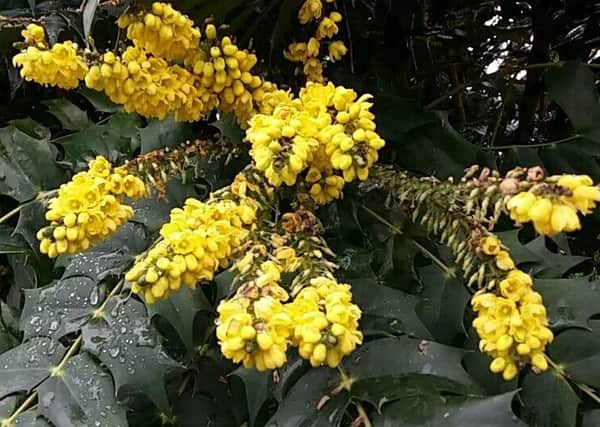We can all play a part in helping bee survival


He dissected a hive, explained the basics of beekeeping, outlined flowering plants that support their presence, then responded to questions from an enthusiastic gathering.
I can empathise with him, and many of similar mind worldwide, who say that we can all do our bit to support the hive bee (Apis mellifera) in its struggle to survive.
Advertisement
Hide AdAdvertisement
Hide AdIt does so much more than produce the delicious honey, of which he brought samples to our meeting at The Alnwick Garden. One third of the food we eat is down to the pollinating effect of hive and wild species, the remainder being wind-pollinated grain and cereal crops. Just think of a world without the buzz of activity their presence brings to a summer garden.
His excellent talk highlighted the contribution we can all make in planting bee-friendly plants in our gardens and containers. My mind turned to the present scene, which is every bit as important to emerging bees as the balmy days of summer.
Given a calm, sunny, February day, it’s not unusual to hear a buzzing sound and find the source is a flowering shrub, herbaceous perennial, bulb or heather. Oddly enough, the first sighting is either a single large bumblebee or early foragers from a nearby hive. Both are welcome at a feast planned especially for them.
Had they been on the wing in December or January, their favourite Viburnum bodnantense, of which there are three on site, would have provided the same nourishment that continues until April.
Advertisement
Hide AdAdvertisement
Hide AdJust like us, they cannot resist Mahonia japonica, better still M Charity, whose golden racemes of fragrant bloom complete a brilliant winter duo, soon to be enhanced by a flowering currant (Ribes sanguineum), whose blooms are opening.
But these shrubs do not stand alone. The idea is to offer as much variety as possible so at ground level there are early-flowering border perennials, such as eryssimum.
Hellebores have been out a while, waiting for insects, and we’ve tempting spikes of purplish-blue flowers on the pulmonaria. Just as well they don’t get to read their modus operandi in the text books – they’re not supposed to start blooming until March.
Good old bugle (Ajuga reptans Atropurpurea) shows a similar attitude. The basal cluster of purple leaves are shining brightly and short flowering spikes rising, well ahead of April.
Collectively, these plants are proven bankers for early bee support in my garden.